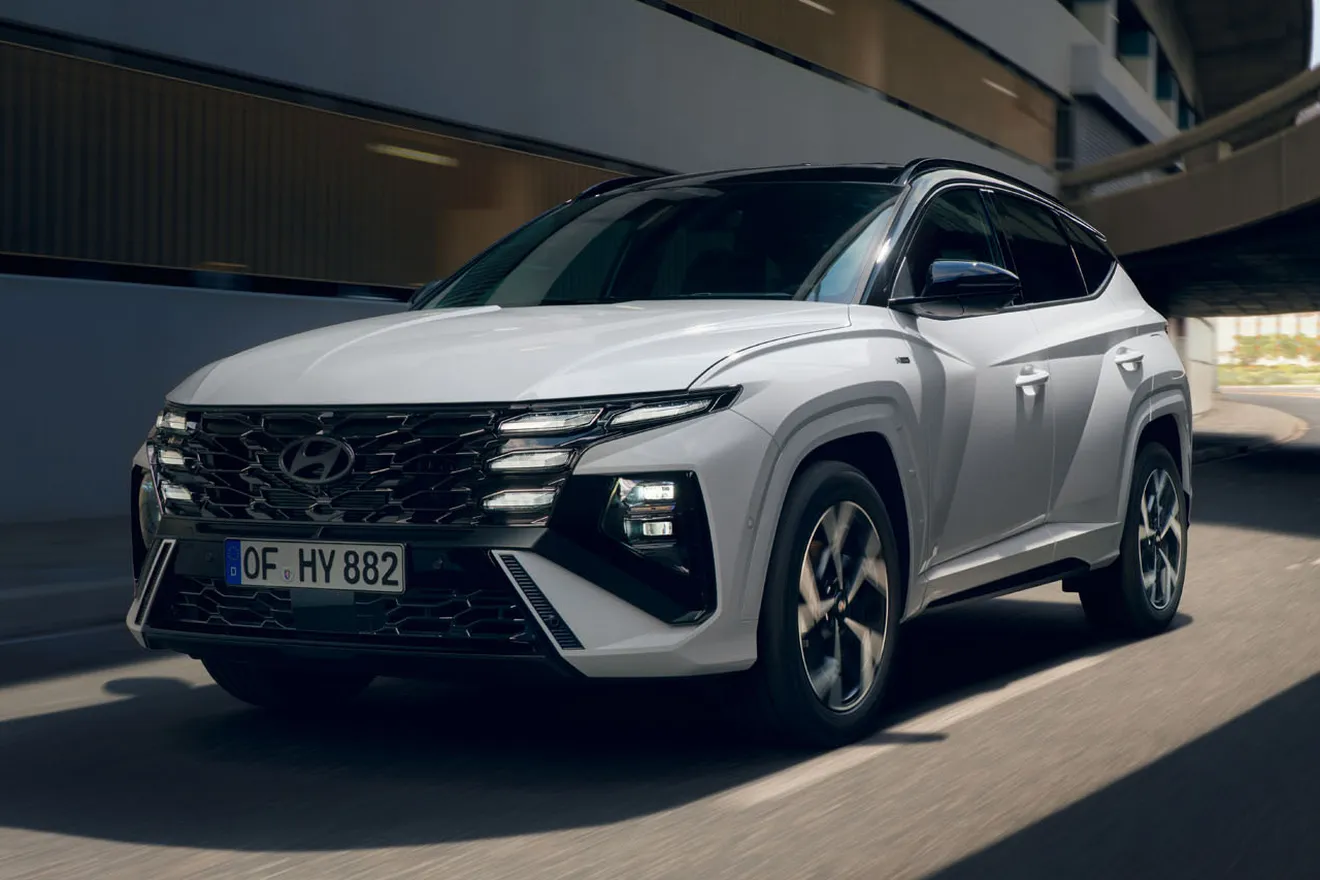
Crossover SUVs have begun appearing in suburban driveways and rural roads alike. Both stylish and practical, crossover SUVs make an excellent addition for everything from weekend excursions to daily commuting needs.
These cars are basically modified station wagons or hatchbacks with more robust bodies that look similar to an SUV, but drive and handle like cars instead. Many are built on car platforms for maximum fuel economy.
They’re more versatile
At a time when Americans want the best of multiple worlds, crossover SUVs provide the solution. Sometimes referred to as “mutts” or “mongrels”, these vehicles excel at performing multiple functions well despite not excelling in one specific category.
These SUVs provide high ground clearance and spacious interiors that make them an excellent choice for outdoor adventures, while their flexible cargo configurations, such as fold-flat rear seats, offer even greater flexibility for everyday errands. In addition, due to their car-like construction they tend to be more fuel-efficient than true SUVs.
Crossover SUVs typically employ front-wheel drive systems instead of truck-based all-wheel drives like traditional SUVs do, making them easier to navigate in urban traffic and easily fit into tight parking spots. Some brands even provide advanced all-wheel control systems like Mitsubishi’s S-AWC system to improve handling and traction in difficult driving conditions, giving drivers greater control over the road regardless of weather conditions.
They’re more fuel-efficient
Crossovers often fall under the same category as pickup trucks and traditional SUVs; however, many can actually achieve greater fuel economy than them. This is particularly true of wagon-style crossovers built on car platforms which tend to be lighter and more fuel-efficient; even four-wheel drive versions of Honda’s popular CR-V can reach 26 MPG city driving!
Crossovers are often designed with everyday driving in mind rather than rugged off-roading or extreme towing capacity, allowing them to score 5-star safety ratings from government and third party crash tests. Their unibody designs also allow them to get 5-star safety ratings from government and third-party crash tests – saving on gas means more of your hard-earned cash stays in your wallet, making it easier to afford all of its amenities; something everyone’s wallet will appreciate.
They’re more environmentally friendly
Small SUVs and CUVs which account for most sales tend to be more environmentally friendly than their traditional body-on-frame SUV counterparts, due to a few key factors.
First and foremost, unibodies tend to be less costly to produce than body-on-frame SUVs and tend to be lighter in design, which helps increase fuel efficiency.
SUVs and CUVs consume more gasoline per mile due to their heavier loads and larger engines, prompting car manufacturers to market smaller models as eco-friendly options in an attempt to lessen oil usage directly linked to SUVs. Car makers are keen on avoiding such trends; therefore they push smaller models more aggressively so as to gain bragging rights on this front.
Small crossovers are much easier to maneuver through traffic and parking garages than their more cumbersome SUV counterparts, and their shorter length allows for quick folding down of their second row seats when more cargo capacity is necessary.
They’re more customizable
One reason SUVs have become so popular is that they offer greater customization than traditional vehicles. Many manufacturers provide various body colors and trim options that allow drivers to tailor the look to their liking, and often include hatchbacks for easier stowage and loading up of items than trunks.
Crossovers’ versatility enables them to meet the needs of a range of consumers, from sedan drivers seeking more utility to those desiring an extravagant ride. Crossovers have quickly won converts across both segments proving that automotive companies are adept at adapting and meeting consumer expectations.
As environmental awareness continues to shape the automotive world, crossovers have also taken steps toward being green. Manufacturers now offer hybrid and electric versions of these vehicles so buyers can reduce their carbon footprint without sacrificing performance or luxury – further strengthening crossovers’ place within this dynamic market.









